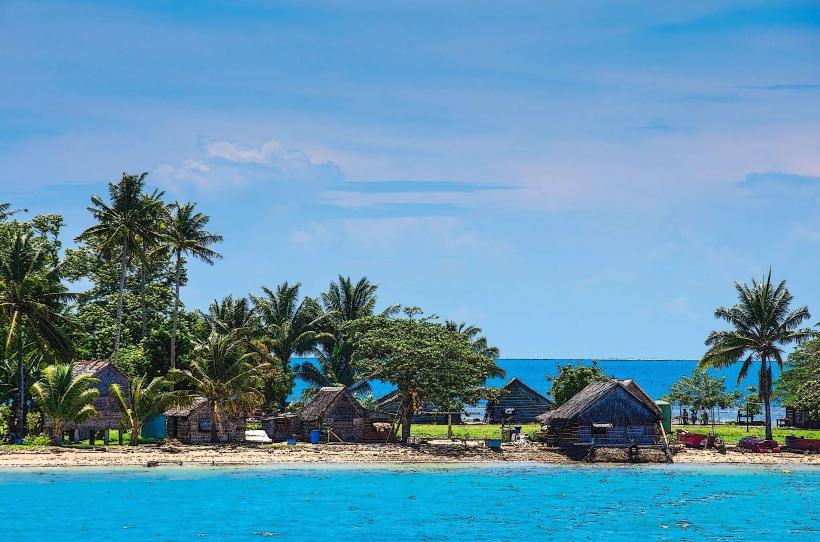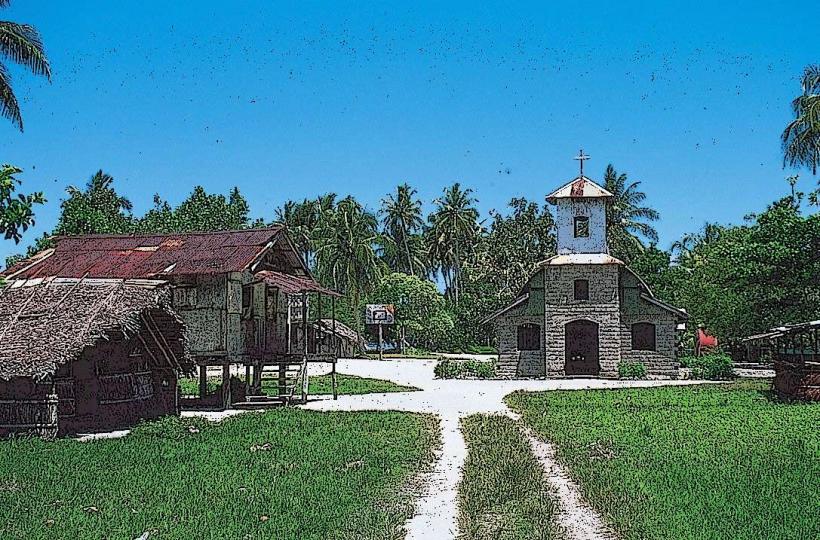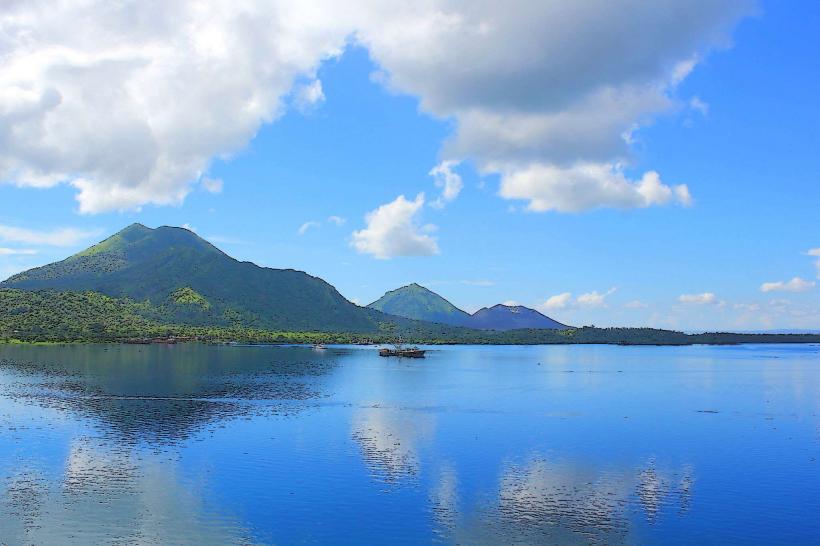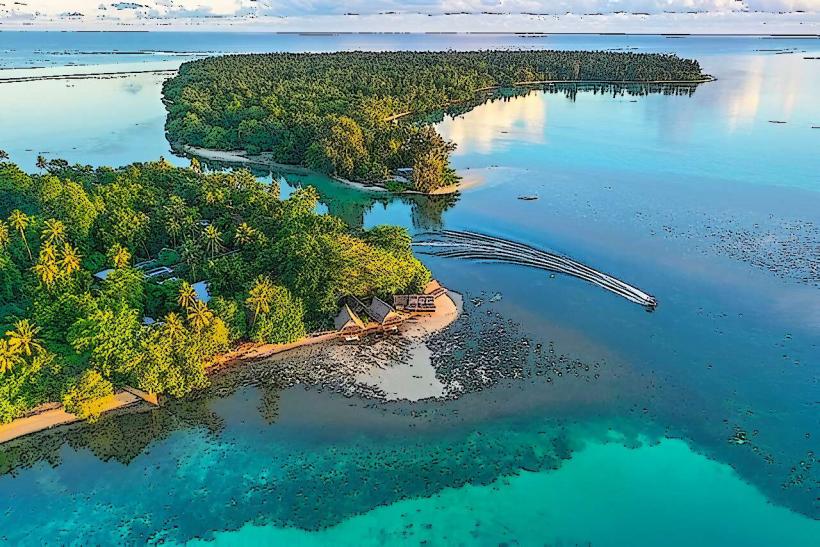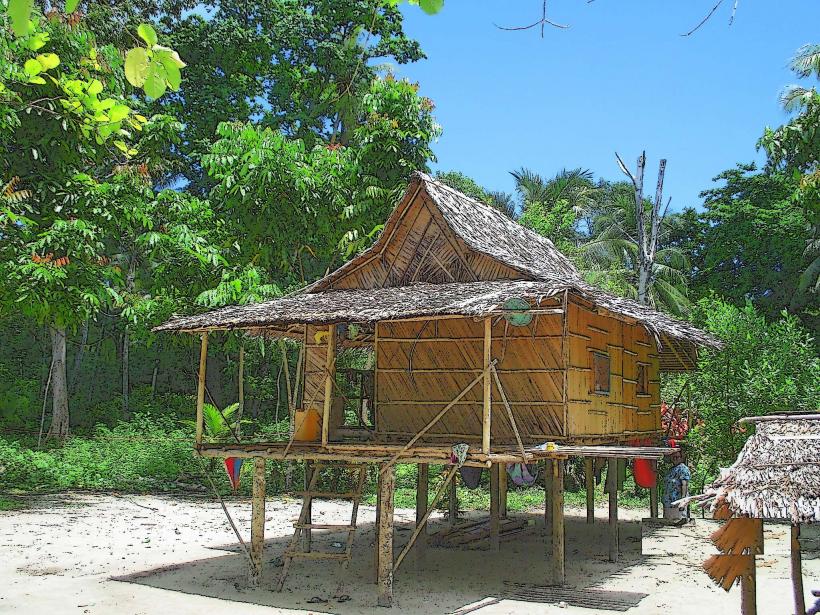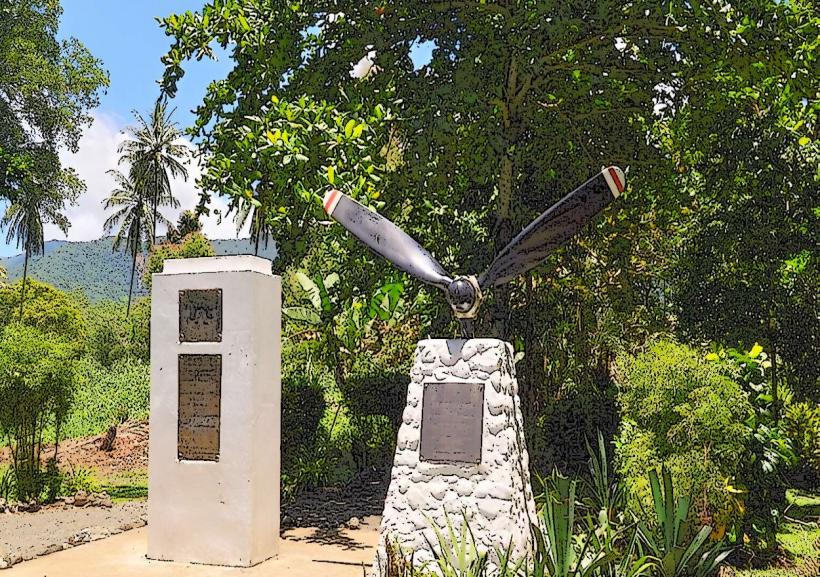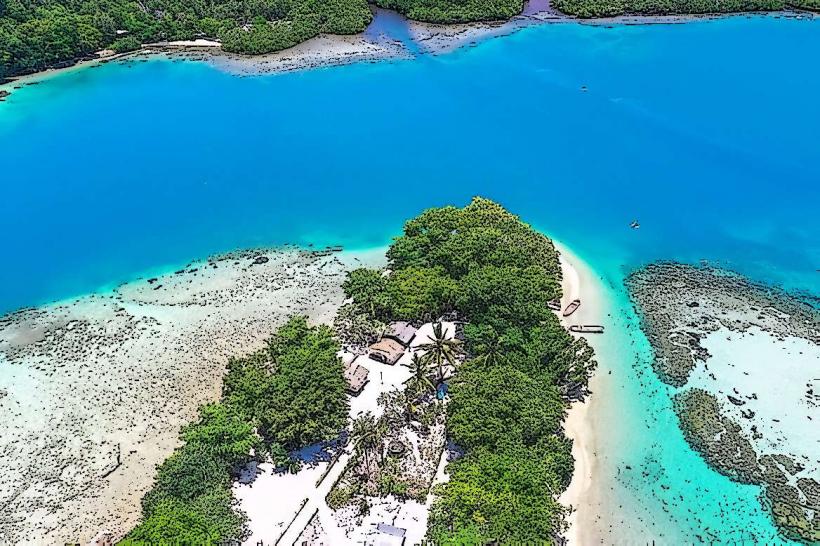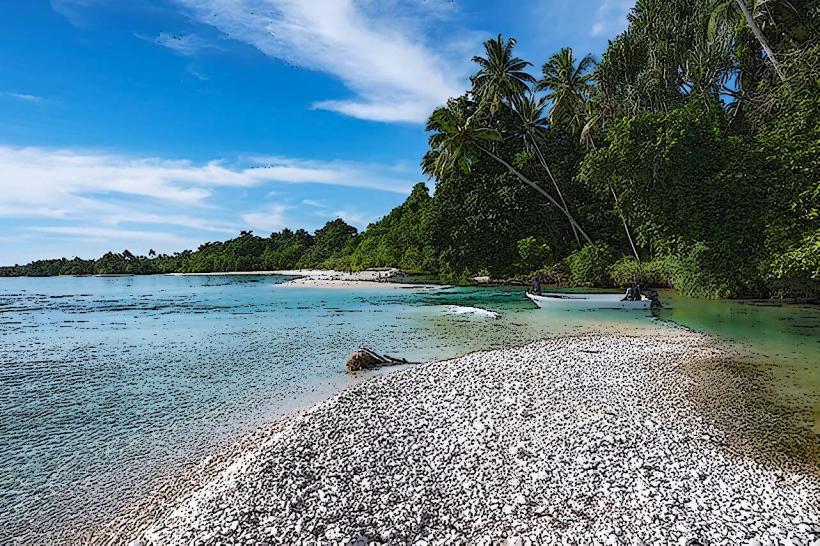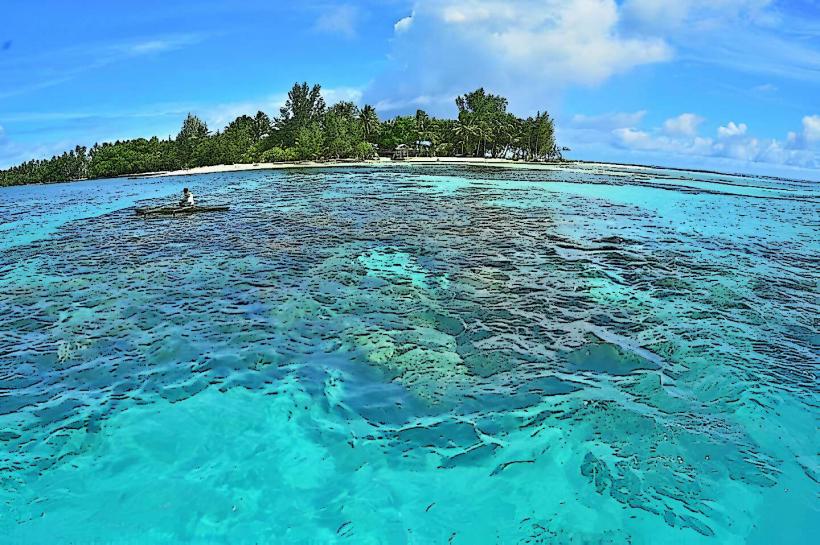Information
Landmark: Baluan IslandCity: Manus
Country: Papua New Guinea
Continent: Australia
Baluan Island is a small but significant island located in Manus Province, part of the Bismarck Archipelago in Papua New Guinea. The island is situated to the south of Manus Island, and like many of the islands in the region, it is known for its rich culture, natural beauty, and the lifestyle of its indigenous inhabitants.
Here are some key details about Baluan Island:
Geography and Location:
- Location: Baluan Island is located south of Manus Island in the Admiralty Islands group of the Bismarck Archipelago, which is part of Papua New Guinea's Manus Province. It is positioned within the Pacific Ocean and is surrounded by a variety of smaller islands, coral reefs, and deep blue waters.
- Landscape: The island is predominantly hilly with volcanic terrain, and it has dense rainforests and beautiful, sandy beaches. The volcanic nature of the island results in fertile soil, which supports a variety of plant life.
- Climate: Baluan Island experiences a tropical climate typical of the region, with warm temperatures year-round and substantial rainfall, especially during the wet season. This climate supports lush vegetation and diverse ecosystems.
Culture and Population:
- Indigenous Community: The people of Baluan Island are primarily part of the Manus ethnic group, which is native to the larger Manus Province region. The island's small population maintains traditional customs and lifestyles, closely tied to the land and sea. The community is known for its strong cultural practices, including traditional ceremonies, dances, and craftwork.
- Languages: The local languages spoken on Baluan Island include Baluan (the island's indigenous language), along with Tok Pisin and English in more formal or trade contexts. Many islanders are multilingual, using different languages for various purposes such as communication with neighbors, government officials, or tourists.
Economy:
- Fishing: Like most of the islands in Manus Province, fishing is a central economic activity on Baluan Island. The surrounding waters are rich in fish and other marine life, which the islanders rely on for both food and income. Fishing techniques have been passed down through generations.
- Agriculture: Agriculture also plays an important role in the economy of Baluan Island. The fertile volcanic soil allows for the cultivation of crops such as taro, yams, coconuts, bananas, and other tropical fruits and vegetables. The islanders engage in subsistence farming, growing food for their own consumption and for trade within Manus Province.
- Trade: In addition to local farming and fishing, trade plays a role in the island's economy. Baluan Islanders may exchange products such as fish, crops, and handmade crafts with other nearby islands or Manus Island.
Environment and Biodiversity:
- Marine Life: The surrounding waters around Baluan Island are home to a rich variety of marine life, including coral reefs, fish, and other sea creatures. The reefs are important for both local subsistence fishing and as a potential resource for eco-tourism and diving enthusiasts. The waters around the island are considered relatively pristine, offering a healthy marine ecosystem.
- Rainforests: The island’s rainforests are teeming with wildlife, including birds, insects, and unique plants. The biodiversity of the island is typical of tropical islands in the region, with dense vegetation, vines, and tall trees. The forest also provides materials for construction, crafts, and traditional uses.
Social and Cultural Life:
- Traditional Practices: The people of Baluan Island maintain strong cultural traditions, such as rituals, dances, and celebrations that are tied to their ancestral beliefs and practices. Traditional art forms, including carving and weaving, are also an important part of island life.
- Ceremonial Events: Ceremonies and rituals, particularly those tied to important life events such as births, deaths, and initiations, are an integral part of community life on Baluan Island. These traditions help to maintain cultural identity and foster strong community bonds.
- Community Life: The Baluan community is relatively small and close-knit, and much of life revolves around shared activities, including subsistence farming, fishing, and socializing. The island’s residents place a strong emphasis on cooperation and family ties.
Challenges:
- Isolation: As a small, remote island, Baluan faces challenges related to its isolation. Access to modern services such as healthcare, education, and transportation can be limited, and the island's residents may have to rely on traditional methods of medicine and community-based solutions for many of their needs.
- Environmental Risks: Like many other islands in the Pacific region, Baluan Island is vulnerable to the effects of climate change, including rising sea levels and extreme weather events like cyclones. Coastal erosion and changes in marine life patterns could threaten the livelihoods of those who rely on fishing and agriculture.
- Limited Infrastructure: While Baluan is inhabited, the island’s infrastructure remains basic. There may be limited roads, electricity, and other amenities that are typically found in larger urban areas. This can make daily life more challenging, especially during periods of heavy rain or natural disasters.
Tourism:
- Natural Beauty: The pristine natural environment of Baluan Island, including its beaches, forests, and marine life, could attract eco-tourists looking for a more off-the-beaten-path destination. The island offers a peaceful setting with unspoiled landscapes and clear blue waters.
- Diving and Snorkeling: The coral reefs around Baluan Island offer opportunities for snorkeling and diving. The rich marine life and clear waters make it a great spot for underwater exploration, attracting eco-tourists and diving enthusiasts who wish to experience some of Papua New Guinea’s diverse marine ecosystems.
- Cultural Experience: Visitors to Baluan Island can also experience traditional island life, including cultural performances, local crafts, and interactions with the community. This cultural immersion allows tourists to learn about the indigenous practices and heritage of the Baluan people.
Conclusion:
Baluan Island, while small and remote, is an important part of Manus Province. It offers a unique blend of natural beauty, rich cultural heritage, and a close-knit community that maintains traditional practices while navigating the challenges of modern life. The island’s economy revolves around fishing, agriculture, and trade, and its stunning environment makes it a potential destination for eco-tourism and cultural exploration. Despite facing challenges such as isolation and environmental risks, Baluan Island remains a vibrant and resilient part of the region.

